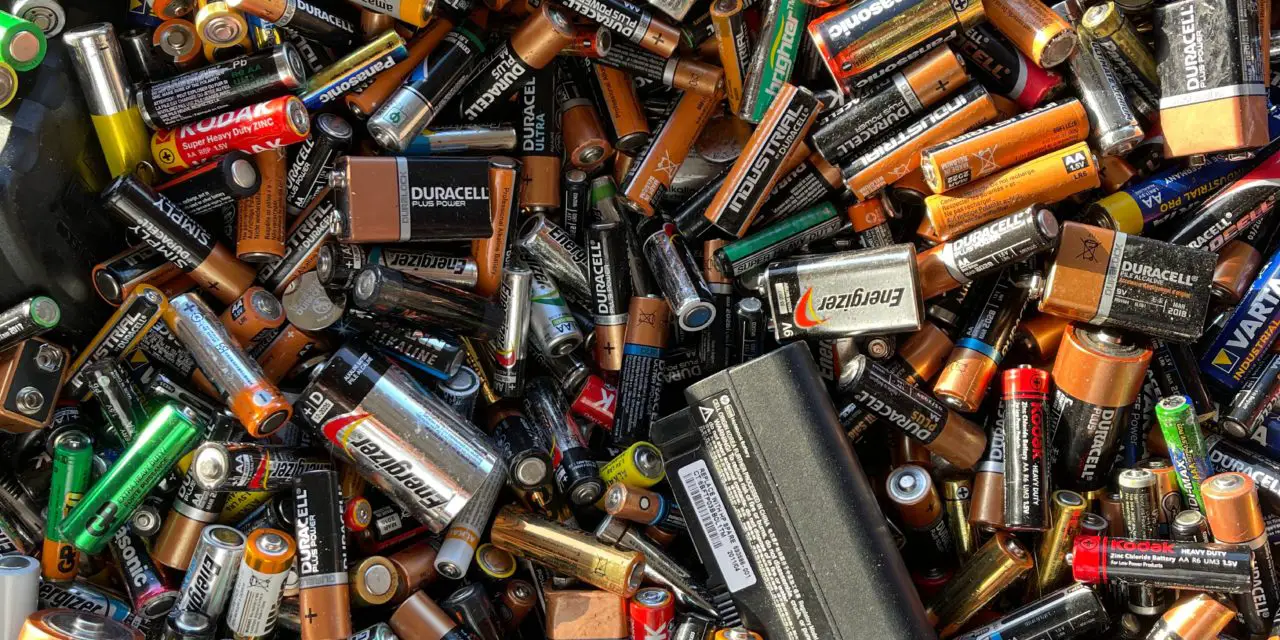Milwaukee tools take lithium-ion batteries. Lithium-ion batteries have sophisticated chemistry and many advantages over other batteries.
Milwaukee tool company warrants their batteries for 2 to 3 years. Those numbers are just the minimum when it comes to the expectations of the lithium-ion battery. If you take good care of your batteries, they can sustain even longer.
Several factors will indicate how long your Milwaukee tools’ lithium-ion batteries will last. If you need to know how many years Milwaukee batteries will last, check out this article for more information.
Exactly How Long Will a Lithium-Ion Battery Last?
Lithium-ion battery storage is more sophisticated now than ever before. You do not even need the cord anymore to be able to utilize your Milwaukee tools.
Many questions come to mind when it comes to lithium-ion batteries, such as how many charging cycles the battery provides and what makes lithium-ion batteries unique. There are many questions to be answered.
How Long Will a Lithium-Ion Battery Last When Not in Use?
Many circumstances can affect the lifespan of a lithium-ion battery when it is at rest.
Some include:
- The condition of the pack charges when stored
- The temperature at which the package is stored
- Whether it is stored on the tool, shelf, or charger
- Do the electronics manage the current of the battery pack
If a pack decreases below a specific charge amount, the battery will not function anymore and die.
How Well You Take Care of the Batteries
Manufacturing processes are an essential aspect of the lifespan of the battery pack while in storage. Taking proper care of the batteries can make them last for about 3 to 6 years while on the shelf.
Store the Batteries Properly
You also want to avoid storing your batteries in too-cold or too-hot temperatures. High temperatures can contribute to a high internal temperature of the battery, which impedes its performance of the battery.
If the temperature becomes dangerously high, it can trigger a thermal runway in the lithium-ion battery. Very low temperatures can cause a decrease in the energy and power capabilities of the lithium-ion battery.
Thermal runaway occurs when the heat generation of the battery cell is increased past the dissipation capacity. It not only destroys the battery itself, but it can also lead to fires and explosions. Be mindful of how you store your battery pack.
How Many Charging Cycles Are There?
Once again, the temperature at which you store your battery has an enormous impact on its charging cycles. You must also treat the battery nicely. Do not make use of the battery pack in place of a hammer. Blunt force trauma can cause the battery’s life expectancy to be cut short. The capacity of the battery also plays a role in its lifespan. ‘
On average, you can anticipate getting about 1,000 charge cycles or sometimes more out of the battery. One complete charging cycle equals running a battery down and charging it up again.
Most batteries go through an entire charge cycle each time it is charged. The charger performs several functions:
- Regulates Current
- Controls temperature
- Maintains voltage
- Extends battery lifespan
The use of the charger will also increase the amount of charging cycles a battery will go through. If you use the manufacturer’s original battery and chargers, it will have a positive effect on the battery.
What Makes the Lithium-Ion Battery Unique?
When you look at other rechargeable batteries, you may see that they do not have as high energy densities, weak self-discharge, and no memory effect.
The energy density of lithium-ion batteries is usually double the amount of a nickel-cadmium battery. Self-discharge of the lithium-ion battery is less than half the amount of nickel-cadmium.
Some pluses of lithium-ion batteries:
- High energy density
- It only requires one regular charge
- Low maintenance
- Low self-discharge
The specialty cells of the lithium-ion can deliver high currents to applications such as power tools. Manufacturers are continually improving the quality of lithium-ion batteries.
How Can I Store a Lithium Ion Battery at a Safe Temperature?
The thermal runway is, of course, a safety concern. You want to ensure that you store and charge your lithium-ion batteries at a safe temperature, decreasing the risk of fire and explosion.
Storage in a cool place is highly recommended at 59 degrees Fahrenheit. Batteries should be partially charged during storage. It is recommended to store them at a 40 percent charge for the best long-term results.
Temperatures that are overly high or too low could have a negative effect on the battery’s ability to store and release energy.
Temperatures that dip below 32 degrees Fahrenheit cause a slowdown in the cell’s chemical reactions, known as cell reversal. You should keep your lithium-ion batteries at a reasonable temperature.
Conclusion
Milwaukee batteries are lithium-ion batteries. If you take excellent care of them, they should last for at least three years.





